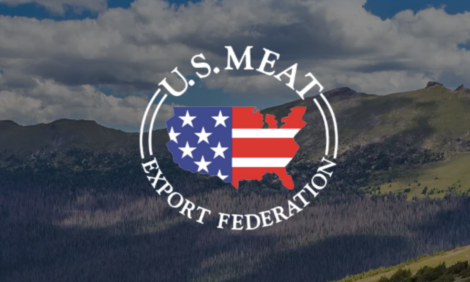



Meat inspection for Trichinella in pork, horsemeat and game within the EU
EU - A new EU directive relating to meat inspection for Trichinella, expected to come into force in 2006, imposes important modifications to current legislation.Nevertheless, several issues need more attention. Optimisation of methods, especially concerning sensitivity and digestibility of the meat to be inspected, along with further simplification of the legislation with regard to the number of techniques accepted, is recommended to guarantee that all member states of the EU will be given tools to perform inspection of consumer meat at the same high level. Additionally, there is a need for guidelines and protocols regarding optimal proficiency testing procedures.
This paper presents an overview of the current methods for Trichinella meat inspection and their implementation in the EU, listing advantages and disadvantages for each method, including some suggestions for specific points of improvement.
Introduction
Pork, horsemeat and game may be infected with muscle larvae of the zoonotic nematode Trichinella, which can cause severe disease in humans. Consequently, all countries in the EU perform mandatory official inspection of slaughtered animals intended for export to prevent distribution of infected meat to consumers. Trichinella infections have worldwide socioeconomic significance, and are of medical and veterinary concern in France, Germany, Italy, and Spain, but foremost in the east and central European countries [1, 2] where human trichinellosis is reported to be a very important zoonosis. Some of the new EU member states (Latvia, Lithuania and Estonia) as well as some candidate countries (Bulgaria, Romania, Turkey and Croatia) have outbreaks every year (reported by the International Commission on Trichinellosis (ICT) [3]. The costs for inspection of pork in the EU is estimated to €570 million annually [1, 4].
All procedures for Trichinella inspection are based on direct detection of the parasite larval stages in muscle tissue, initially (from around 1860s) by direct microscopy of compressed muscle tissue, termed trichinoscopy [5.6.7.8.9,10], later (in the 1970s) by pooled digestion of 1g muscle tissue from up to 100 pigs, which allowed for significant improvements in sensitivity of the inspection test and were less labour intensive, hence allowing larger numbers of animals to be examined.
In the present EU legislation (Directive 77/96/EEC), seven methods are accepted [TABLE 1]: six digestion methods and trichinoscopy. In the anticipated future EU legislation (SANCO/1900/2002 Rev. 8 draft, in force 01-2006), the number of inspection methods has been reduced to four with magnetic stirrer digestion as the reference method to be preferred before three alternative (termed ‘equivalent’) methods. Trichinoscopy is only allowed as a transitional measure, and meat inspected by this method should be clearly marked. Furthermore, such meat is limited to be sold on the national market and is not acceptable for products where the production process does not kill Trichinella.
The digestion methods have a theoretical detection limit of down to 1 larva per gram muscle tissue (lpg). However, there are several critical steps, which may compromise the sensitivity of the techniques [11, 12] and many of these are not adequately addressed in the new EU legislation.
Further Information
To continue reading this article, please click here
Source: Eurosurveillance - 30th January 2006








